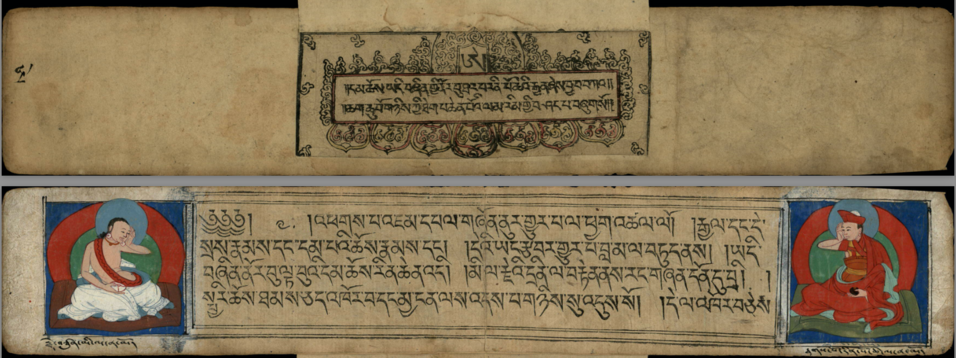This talk will discuss Tibetan editorial practices and approaches to textual scholarship in the 15th and 16th centuries, and the role that printing seminal works played in the politico-religious dynamics of the time. As a case study it will examine the earliest known printed edition of the famed treatise by Gampopa (sGam po pa bSod nams rin chen, 1079–1153) currently referred to as the Jewel Ornament of Liberation (Dwags po thar rgyan): it was produced in Bya yul in 1497, and a unique letter by the Fourth Zhwa dmar pa Chos grags ye shes (1453–1524) documents the steps taken to transfer the work from manuscript to wooden blocks, and the key concerns of the editors in establishing the text for printing. Subsequent editions of the work, produced within the following 50 years, document a sustained editorial effort, and show the impact of differing versions on the reception history of the treatise. This example, in comparison with other known cases, allows investigating the approach of learned religious masters to issues of textual scholarship, the importance of text production in the institutional history of Tibetan schools, and the interaction between manuscript and print in pre-modern Tibet.
Marta Sernesi is Professor of Tibetan Religions at the École Pratique des Hautes Études (EPHE–PSL) in Paris and is currently serving as substitute Professor of Tibetan and Buddhist Studies at the Ludwig-Maximilians University (LMU) in Munich. Her work focuses on the cultural and religious history of Tibet and the Himalayas, on early contemplative traditions and instructional literature, and on Tibetan book culture. Her recent monograph is titled Re-enacting the Past: A Cultural History of the School of gTsang smyon Heruka (2021, Dr. Reichert Verlag).

